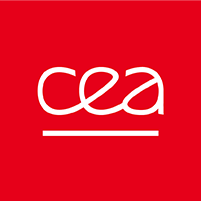Photonic irradiation techniques exploit the interactions between a beam of high-energy photons and matter to carry out non-destructive measurements. By inducing photonuclear reactions such as photonic activation, nuclear resonance fluorescence (NRF) and photofission, these irradiation techniques enable deep probing of matter. Combining these different nuclear measurement techniques within a single irradiation platform would enable precise, quantitative identification of a wide variety of elements, probing the volume of the materials or objects under study. The high-energy photon beam is generally produced by the Bremsstrahlung phenomenon within a conversion target of a linear electron accelerator. An innovative alternative is to exploit the high-energy electrons delivered by a laser-plasma source, converted by Bremsstrahlung radiation or inverse Compton scattering. A platform based on such a source would open up new possibilities, as laser-plasma sources can reach significantly higher energies, enabling access to new advanced imaging techniques and applications. The aim of this thesis is to establish the foundations and conceptualize a multimodal photonic irradiation platform. Such a device would aim to be based on a laser-plasma source and would enable the combination of photonic activation, nuclear resonance fluorescence (NRF) and photofission techniques. By pushing back the limits of non-destructive nuclear measurements, this platform would offer innovative solutions to major challenges in strategic sectors such as security and border control, radioactive waste package management, and the recycling industry.
M2 ou 3A, physique nucléaire et/ou instrumentation nucléaire



Talent impulse, the scientific and technical job board of CEA's Technology Research Division
© Copyright 2023 – CEA – TALENT IMPULSE - All rights reserved